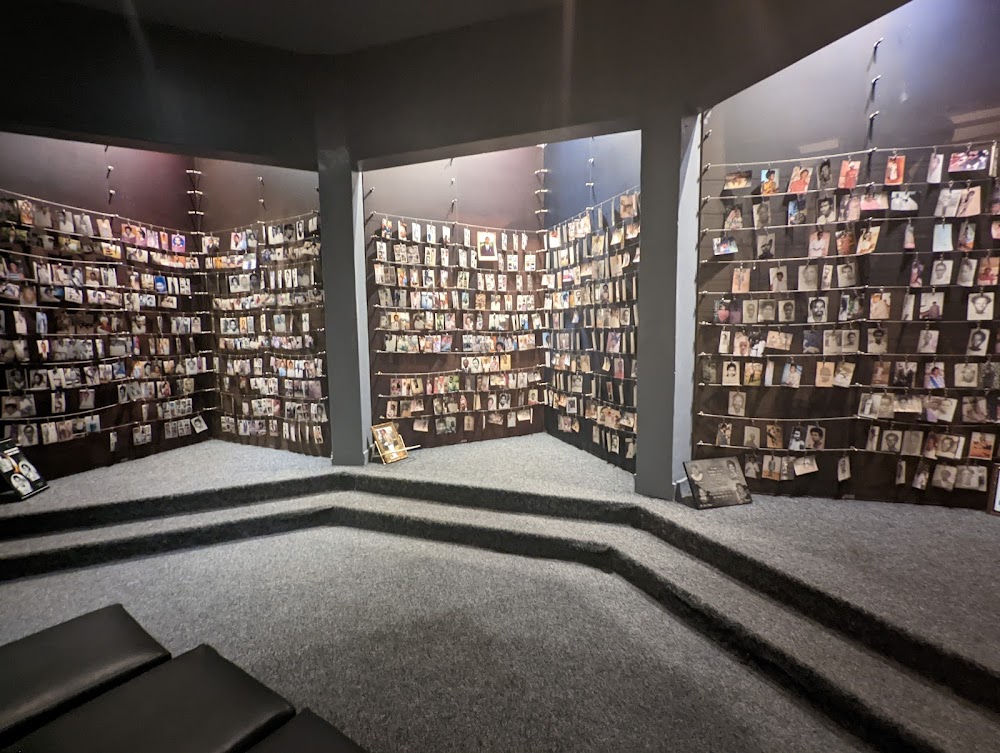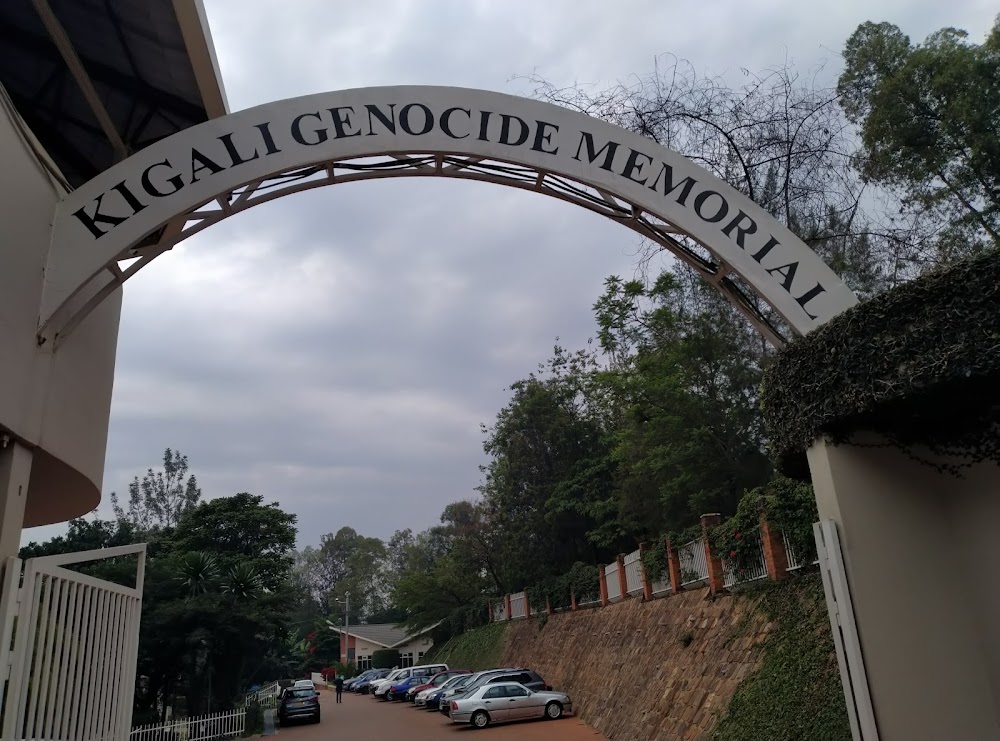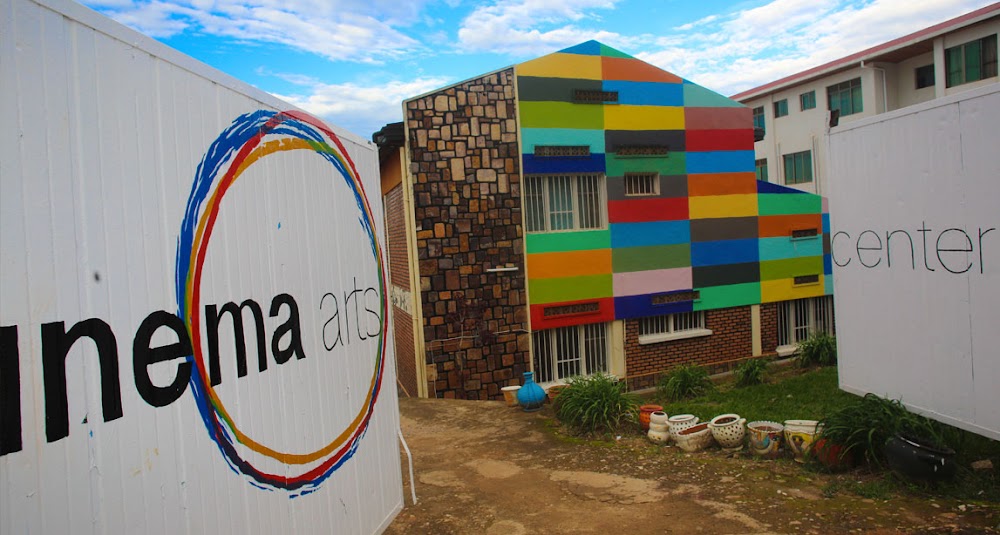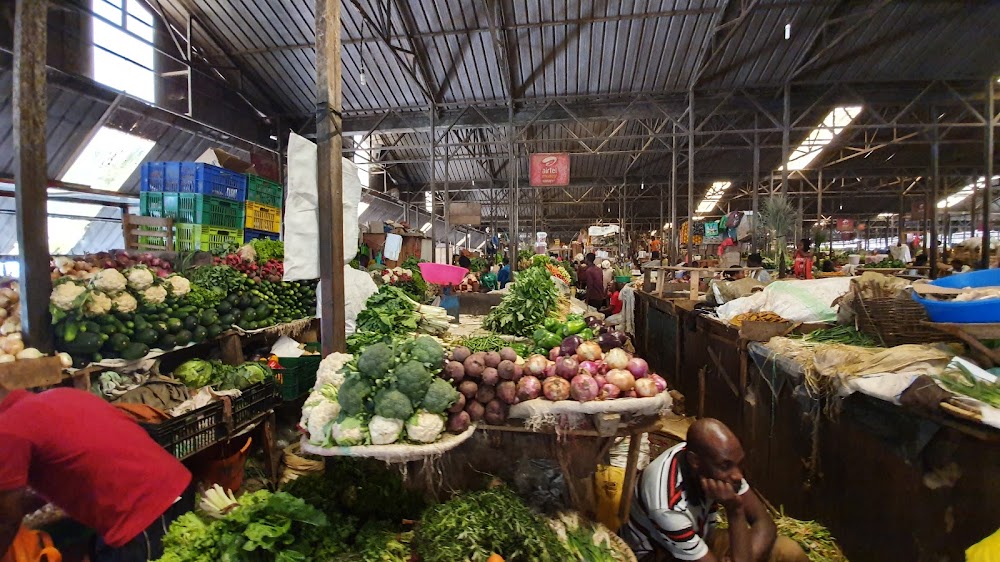Kigali Genocide Memorial (Urufatiro rwa Jenoside rwa Kigali)
Overview
The Kigali Genocide Memorial is a profoundly significant site located in the heart of Kigali, Rwanda's capital. This memorial serves as a poignant place of remembrance and education about the Rwandan Genocide of 1994, during which an estimated 800,000 individuals, primarily from the Tutsi community, lost their lives in a brutal 100-day massacre. The memorial stands as a powerful testament to the horrors endured and a vital reminder of the ongoing need for peace and reconciliation.
The vision for the Kigali Genocide Memorial emerged shortly after the genocide, as both survivors and the Rwandan government recognized the importance of honoring the victims and educating future generations about these tragic events. The site, located in the Gisozi area of Kigali, was secured, and construction began in 1999, with the aim of creating a space that would foster healing and reflection.
Officially opened on April 7, 2004, the memorial marked the 10th anniversary of the genocide. The project was supported by the Aegis Trust, a British organization committed to preventing genocide and mass atrocities. The design and construction of the memorial were informed by the input of survivors and the local community, ensuring that it would resonate deeply with those it aimed to serve.
Spanning a vast area, the Kigali Genocide Memorial features several key components. The main building houses exhibits that meticulously detail Rwanda's history, the events leading up to the genocide, the genocide itself, and its aftermath. These exhibits employ a variety of multimedia, including photographs, survivor testimonies, personal artifacts, and interactive displays, to offer a comprehensive and emotionally impactful recounting of the genocide.
One of the most moving features of the memorial is the mass graves, which contain the remains of over 250,000 victims. These graves are respectfully marked and maintained, providing visitors with a place to pay their respects. Additionally, the Wall of Names commemorates many of the victims, serving as a lasting tribute to those who perished.
The memorial also includes a garden area designed for quiet reflection. This serene space allows visitors and survivors to contemplate and find solace amidst the tragedy they are remembering. The garden, adorned with various plants and flowers, symbolizes new life and hope for the future, creating a tranquil environment for all who visit.
An essential aspect of the Kigali Genocide Memorial is its educational outreach. The memorial is dedicated to teaching about genocide prevention and human rights, offering workshops, educational programs, and resources for students, teachers, and researchers. The aim is not only to honor the past but also to learn from it and work toward a future free from such atrocities.
Over the years, the Kigali Genocide Memorial has become a cornerstone of Rwanda's national identity and healing process. It attracts thousands of visitors annually, including international dignitaries and tourists, all coming to pay their respects and learn about the tragic history of the genocide.
The memorial plays a pivotal role in the broader process of reconciliation in Rwanda. It symbolizes the country's commitment to acknowledging its past, honoring those who lost their lives, and ensuring that such events are never repeated. Through its existence, the Kigali Genocide Memorial seeks to foster unity, resilience, and hope for a brighter future.






